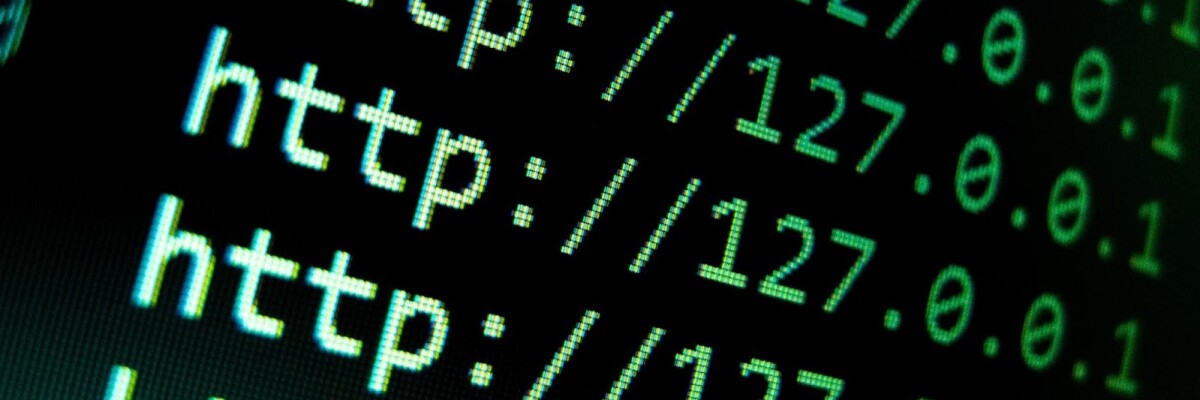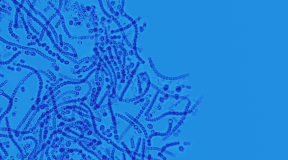What is an IP address? The abbreviation IP stands for Internet Protocol — the name of the address system underpinning operation of the entire Internet. Its operational principles are fairly simple — it just...
What is an IP address?
The abbreviation IP stands for Internet Protocol — the name of the address system underpinning operation of the entire Internet. Its operational principles are fairly simple — it just duplicates the work of conventional mail.
When conventional paper letters are sent, there are always the sender’s and the recipient’s addresses on the envelope. Similarly, each Internet node has its own unique address, i. e. IP.
The IP-address is assigned to a computer router, that is, the device through which the global network is accessed. An IP address can be static and dynamic. Static addresses remain unchanged every time a new connection is made while dynamic addresses keep changing. The address type is determined by the ISP and also depends on the device settings.
The Internet speed and quality is not affected by the type of address. The dynamic IPs have a advantage as they are better protected from external threats.
A static IP address is more convenient if there are multiple day-to-day external connections (there is no need to constantly provide your address).
Protocols
There are two IP protocols — IPv4 and IPv6.
IPv4 protocol consists of four decimal numbers from 0 to 255 separated by a dot. The decimal number system uses 10 digits: 1, 2, 3, 4, 5, 6, 7, 8, 9 and 0. Their various combinations make up the IP address, for example, 191.156.45.3.
The obvious issue with this version is the limited number of possible combinations. As the number of devices with Internet access grows, we will see a shortage of IP addresses. Anticipating this problem, specialists from the IETF — the Internet Engineering Task Force — created IPv6 back in 1996.
IPv6 consists of hexadecimal characters separated into 8 blocks by colons. The hexadecimal numbering system allows to use all decimal system elements and 6 Latin alphabet letters, which gives a total of 16 characters. Example IPv6: 2001:DB0:0:123A:0:0:0:30.
A longer address and a wide range of characters increased the number of possible combinations. The IPv6 protocol allowed to assign a unique address to all nodes.
Domains
A domain is an IP address transformed into a site name which consists of two parts: the individual one (everything before the point) and the general one (after the point). A domain’s general part can be of two kinds:
- Domains by type of organisation: .com — for profit entities, .gov — government entities, .org — profit and not-for-profit entities and others.
- Geographic domains: .ru — Russia, .uk — the United Kingdom, .eu — the European Union and others.
There are a lot of domains today, most of which do not have clear-cut restrictions for use.
The DNS service comprised of a server network is in charge of converting domain names into IP addresses and back.
Share this with your friends!





Be the first to comment
Please log in to comment